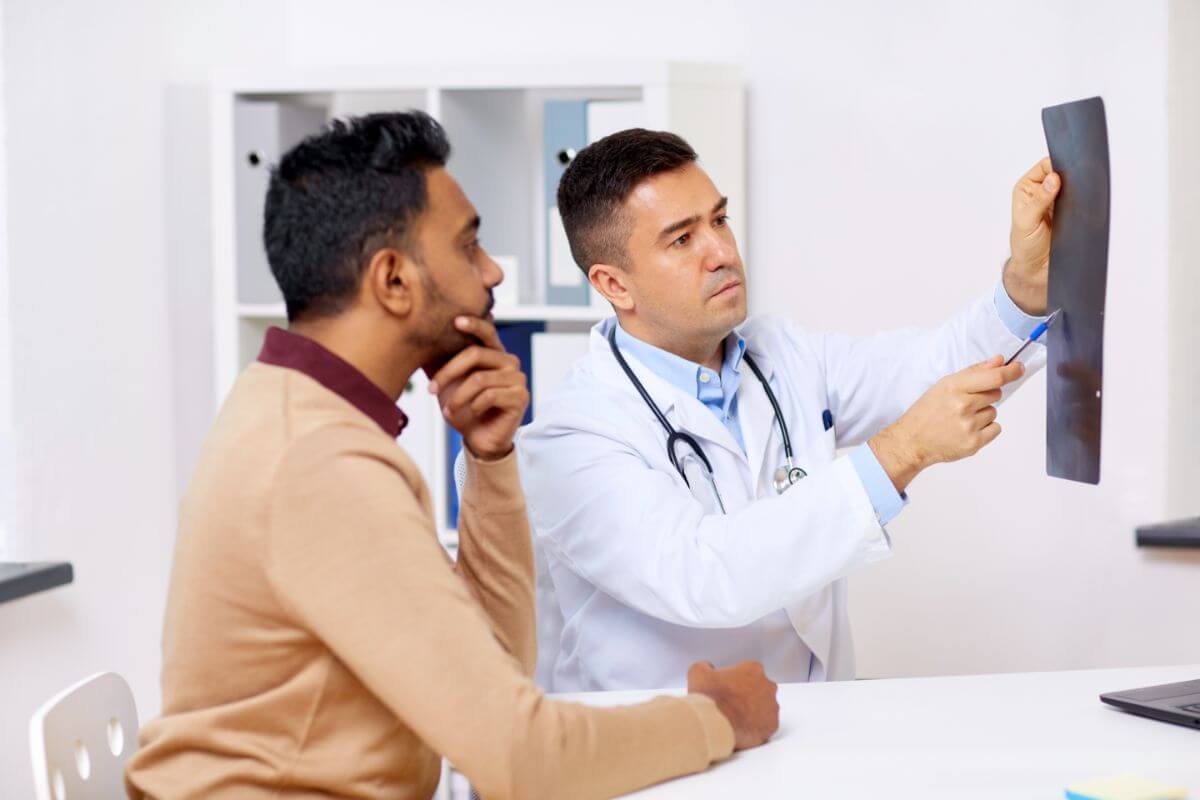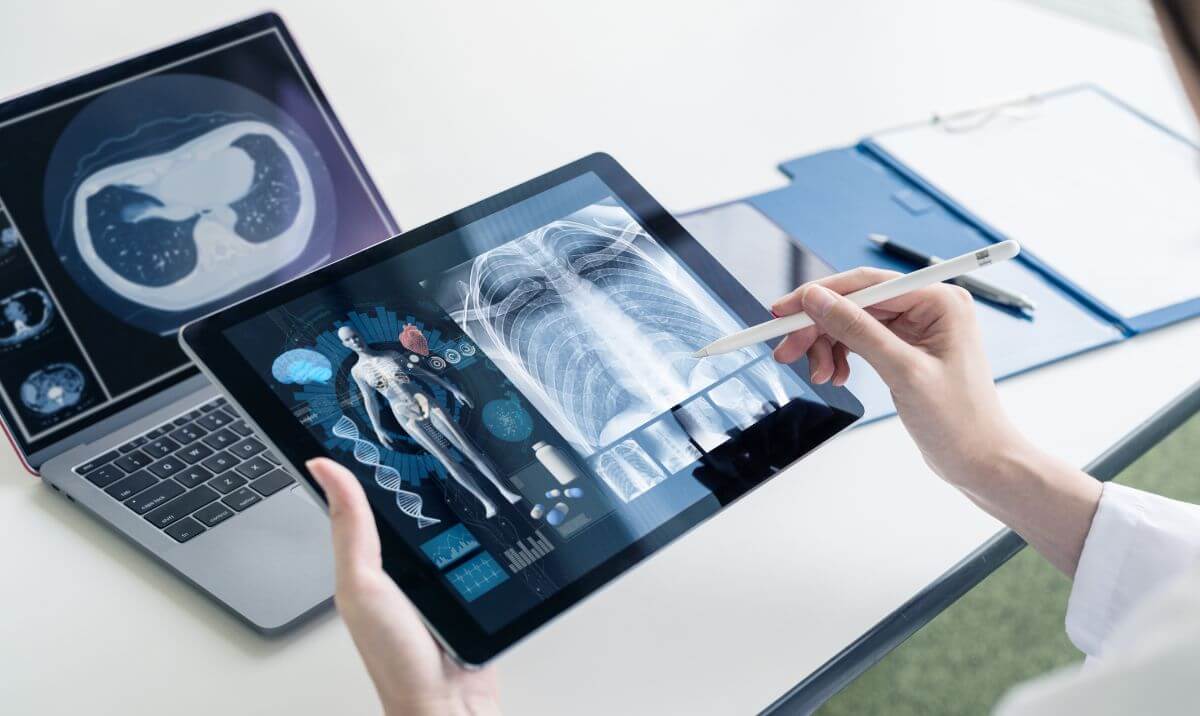In India, nearly 86% of all medical visits are made by people belonging to rural households with majority still travelling more than 100 km to avail basic healthcare facilities.
In order to combat this problem of deficiency in rural healthcare, the concept of TELEMEDICINE was introduced. It is a branch of e-health that allows healthcare professionals to evaluate, diagnose and treat patients at a distance using information and communication technologies.
Although Initially Considered“futuristic” and “experimental,” telemedicine today is a reality and has come to stay. Telemedicine has the potential to bridge the distance between doctor and patient and also facilitate healthcare in remote areas. Telemedicine can be particularly beneficial for patients in medically underserved communities and those in rural geographical locations where clinician shortages exist with the nearest medical centre is 20-plus miles away. The importance of telemedicine can be felt particularly in a country like India where many people living in smaller towns and rural communities do not have access to the best medical experts. However, with the emergence of telemedicine, these dynamics are changing because the best doctors are being brought together with patients through information and communication technologies.

Taking Uttar Pradesh as an example. Government data shows that UP has a shortage of 33% Sub Centres and 35% Primary Healthcare Centres (PHC) but a suspicious surplus of 190% Community Health Centres (CHC) compared to what is required. Further scrutiny shows that these CHCs have a severe shortage of human resources and basic infrastructure. Not even half of these CHCs have a functioning X-ray machine. Fundamentally, this suggests gross misallocation of resources and wastage of public funds.
The data from the government’s Rural Health Statistics 2016 shows that there is an overall 84% shortage of specialists, 77% shortage of lab technicians and 89% shortage of radiographers in the Community Healthcare Centres of UP. Many of PHCs and CHCs do not have regular supply of drugs for common ailments. This raises concern about the ability of the public health institutions to treat common ailments such as diarrhea.
Faced with this rural healthcare situation, a programme was initiated in Mathura district of Uttar Pradesh to provide primary healthcare for the rural population. This initiative was born out of the partnership between Tata Trusts Mumbai and Ramakrishna Mission Sevashrama hospital (RKMS), wherein the Tata Trusts provide all the funds necessary to run this project. Under this project, 11 telemedicine units (TMUs) and two mobile medical units (MMUs) have been set-up in nine blocks of the district.
TMUs: The telemedicine units work on a hub-and-spoke model: a patient- side unit established at a tele-medicine facility that is connected to a central hub – the Ramakrishna Mission Hospital in Vrindavan. Doctors based in the central hub consult virtually with patients at these telemedicine units. The consultation is facilitated by a trained nurse at the unit. TMUs are also equipped with diagnostic services, equipment for NCD screening and a well-stocked pharmacy.
MMUs: The mobile medical units are equipped with trained medical officers and nurses, and provide consultations free of charge. The MMUs run day- long medical camps in various villages, providing consultation, NCD screening and diagnostics as well as medicine dispensing services.
The project had a massive outreach, covering more than 700 villages and targeting a population of 26 lakhs. It has impacted 3 lakh people till now and the services are not only free of cost but also provide healthcare in rural and remote areas. The project focuses on faster detection of non-communicable diseases like cancer, hypertension and diabetes as compared to the conventional ways of detection. The intervention focuses on non-communicable diseases (NCDs) such as cardiovascular diseases, diabetes, hypertension, cancers, etc. The intent is to improve screening of NCDs and enhance awareness in all villages in the intervention area.
In addition to this, the project also aimed at creating awareness about non- communicable diseases and telemedicine so that its benefits can be availed by the public. Telemedicine in Mathura has changed the lives of many people and they have expressed how the telemedicine units have helped them get access to primary healthcare. This has helped to decongest the hospital and enhance the utilization of medical resources.
Smaller hospitals in rural areas are also able to provide intensive care services with the help of specialists in other facilities via remote patient monitoring systems. Telemedicine models have worked wonders in the US and some European nations and have been a topic of wide interest. India, on the other hand, is even more suited for telemedicine than the US or EU due to the unequal distribution of doctors. Despite this, over a span of 19 years only 175 telemedicine units have been set-up in India. Thus, the numbers are dismal and there is a dire need to understand that Telemedicine is a roadmap for improved medical care in rural areas. Today there are tens of millions of Indians living in remote corners of the country who don’t have access to some of the basic healthcare facilities that city dwellers take for granted. Thus, this problem can be resolved if other projects like VIMS are inaugurated in rural and inaccessible areas. Viewing VIMS as a bellwether for telemedicine and keeping in mind the example of VIMS, many other organizations can contribute in bringing these healthcare facilities to the doorsteps of such people in a country like India where there is a lot of room for development and the communication industry is rapidly expanding.
Lavanya Rathi, Sukriti Gupta and Vrinda Bhola got together to write this article to create awareness about the very important issue of Telemedicine. Sixteen-year old students, studying at Modern School Vasant Vihar, New Delhi, have been researching passionately on telemedicine for the past eight months and truly believe this can be the future for rural healthcare in India.

